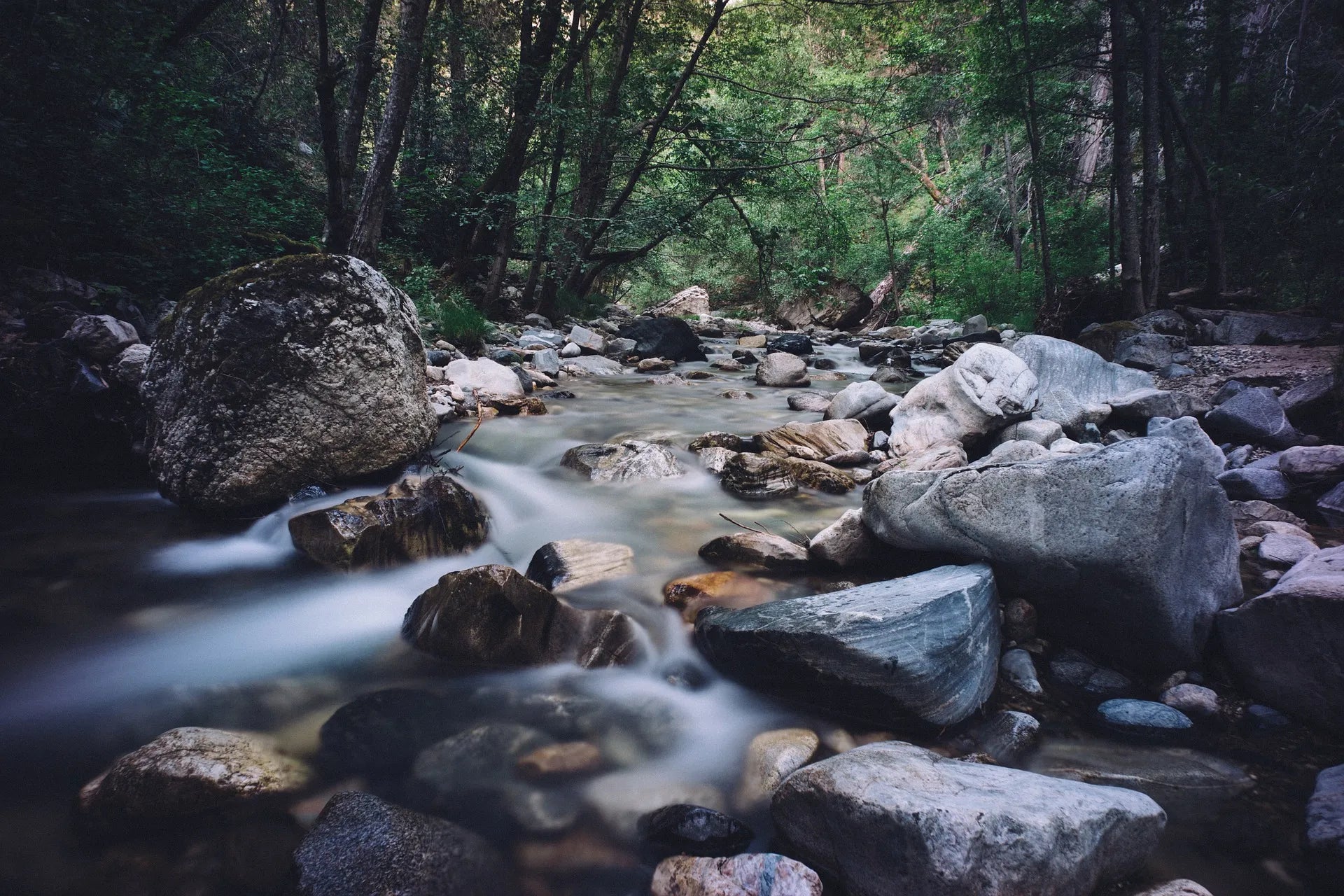In a world where modern technology, pollution and information overload can leave us seeking for a simpler solution the latest craze has seen people seeking out "raw water".
With recent research revealing the presence of microplastics in bottled water there has been a growth in popularity in so-called raw water - that is water that is collected straight from its source.
The current craze for water directly from its source has its origins in the United States, where individuals are collecting spring water and selling it at a premium - nearly as much as £20 a litre in some cases.
While the idea of obtaining drinking water directly from a spring is on the face of it a way of getting closer to nature, drinkers may also be getting closer to the elements of the natural world that can actually make humans unwell.
Is raw water harmful?
Water treatment has come a long way and it has undergone that journey for the good of public health. While people are paying a premium for untreated water it is worth bearing in mind that people across the world are falling ill every day because they do not have basic access to clean drinking water.
The bacteria and contaminants that can find their way into the water supply can pose a very real threat to human health. E-coli, cholera, salmonella, and giardia are all bacteria that occur in untreated water and can lead to serious, even fatal illnesses.
Contained in the faeces of animals, these pathogens can either be excreted directly into rivers and lakes or find their way there through run-off from soil.
That is not the only risk from water run-off either - nitrates used as fertiliser on farmlands are another problem for natural water sources. These can easily be washed into rivers and streams that pass through the farmland nitrates are used on. Nitrates can affect the ability of the blood to move oxygen around when consumed at high levels.
Dealing with contaminants
The upshot of this is that while the idea of harvesting raw water directly from a natural spring is done with the best intentions in mind, the reality may be that this water is contaminated and poses a risk to health.
Tap water is treated to remove these dangerous contaminants before being channelled into the water supply that serves our homes.
While the chlorine taste often apparent in tap water is a problem for some people, there is a solution to that: use a water filter.
Choose a water filter instead
Water filters work to remove residual bacteria and added disinfectants, such as chlorine, from tap water allowing families to drink natural tasting, but, importantly, clean water on tap.
Portable, gravity-fed water filters offer a solution for people needing access to clean water while on the move.
The most important factor though is that there really are dangerous bacteria, pathogens and cysts present in untreated water, it is a lesson that history has taught us – and outbreaks of illness across the world continue to prove.
Raw Water may be the latest health craze but it is very much a craze that could end up having the opposite effect. Water treatment is treated to protect health, while water filters let you take control of the water that you drink in your home.
Tap into nature's finest resource safely by taking control of what is in the water you drink by using a water filter.






